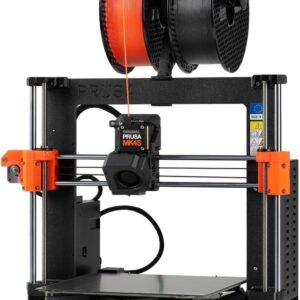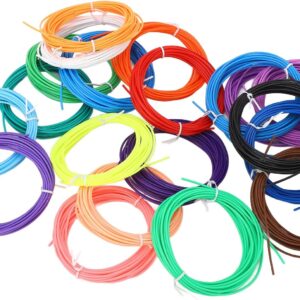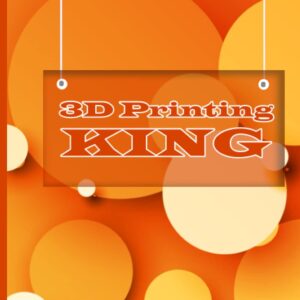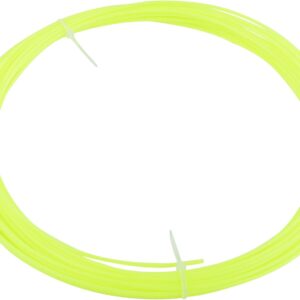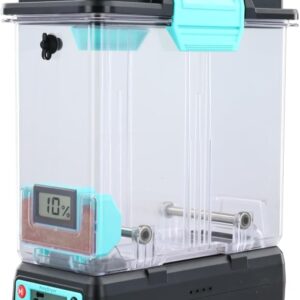NASA and its international partners are launching scientific research for metal 3D printing, semiconductor manufacturing and thermal protection systems for re-entry into Earth’s atmosphere to the International Space Station as part of Northrop Grumman’s 20th commercial resupply mission. The company’s Cygnus cargo spacecraft is scheduled to launch aboard a SpaceX Falcon 9 rocket from Cape Canaveral Space Force Station in Florida in late January. The ESA (European Space Agency) study will test small 3D printed metal parts in weightlessness.
Samples made by the metal 3D printer before launch to the space station. Photo credit: ESA.
“This study gives us a first understanding of how such a printer behaves in space,” said Rob Postema, project engineer for International Space Station facilities and technology at ESA. “A 3D printer can create many shapes, and we plan to print samples, firstly to understand how printing in space may differ from printing on Earth, and secondly, to see what types of shapes we can create “In addition, this activity demonstrates how crew members can work safely and efficiently when printing metal parts in space.”
The results could improve understanding of the functionality, performance and operation of metal 3D printing in space, as well as the quality, strength and properties of the printed parts. Supplying supplies poses a challenge for future long-duration manned missions, and crew members could use 3D printing to produce parts to maintain equipment on future long-duration space flights as well as on the Moon or Mars – eliminating the need to pack spare parts or predict any tool or item that may be needed.
Advances in metal 3D printing technology have also proven useful on Earth, in applications producing engines for the automotive, aviation and shipping industries, as well as in creating shelters after natural disasters. NASA’s research into 3D printing metals in zero gravity was developed by a team led by Airbus Defense and Space SAS under a contract with the European Space Agency.



